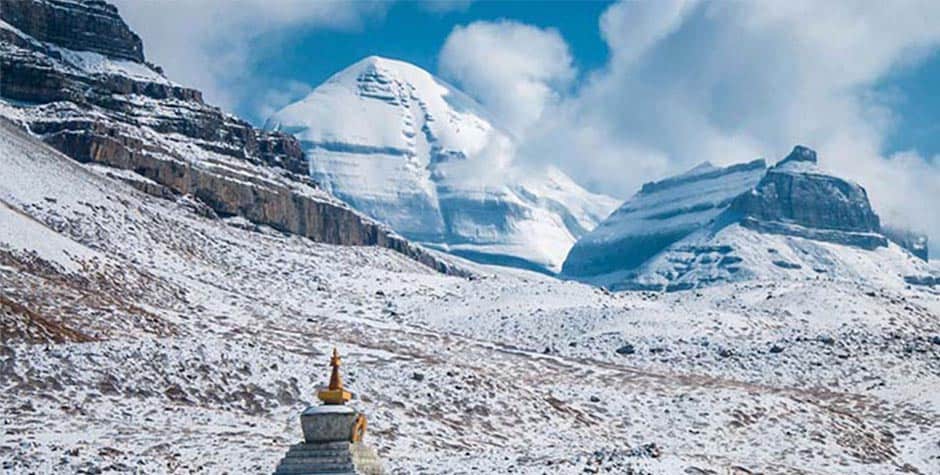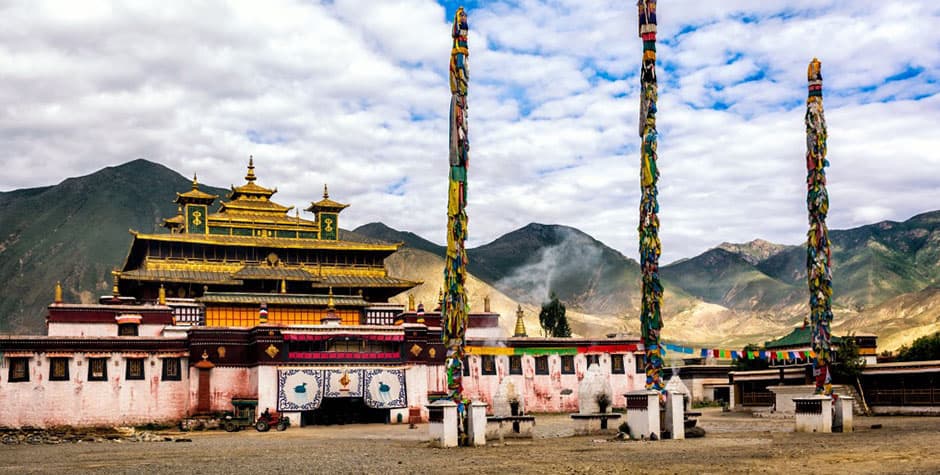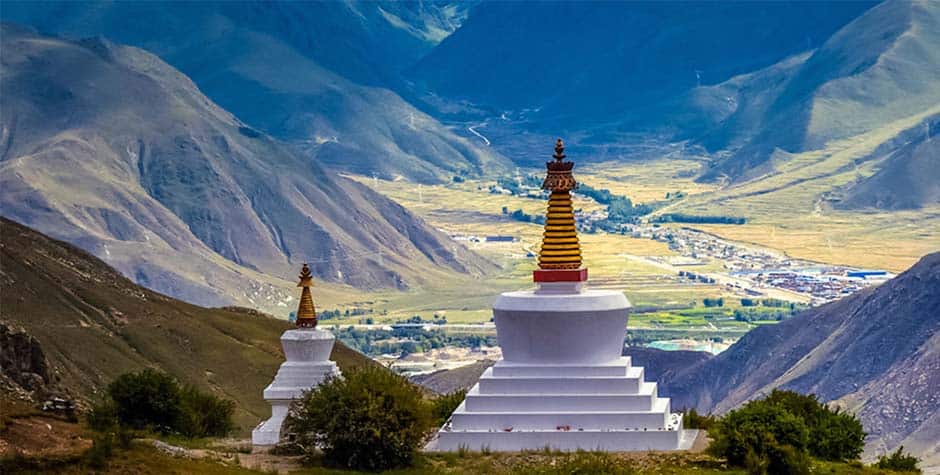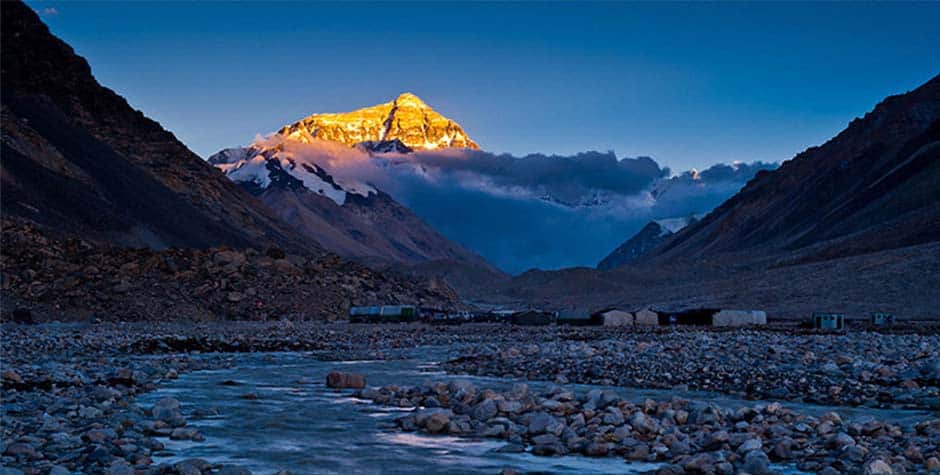Tibetan Medicine is one of the most important integral parts of Tibetan Culture and tradition. It has over 2500 years of history and Development, which makes it one of the world oldest know medicinal tradition. Tibetan Medicine is called Sowa Rigpa in Tibetan languages. Tibetan Medicine has great potential for accessing and treating patients through predictive diagnose, target prevention and creating a personalized medical treatment.
History of Tibetan Medicine
Pre-Buddhist Tibetan medicine
Origin of Tibetan medicine is as old as a human civilization in Tibetan Plateau. It’s all begun with the early humans looking for remedies for common ailments from natural sources. In the pre-Buddhist era of Bön tradition, they are clear evidence of medical systems. In which they use medication and therapy to treat decease. Our current Tibetan Medical system is the development of this pre-Buddhism medical system in Bön culture.
Tibetan Medicine during the Tibetan Buddhist era
The first king to Invite India doctors Biji Gaje to teach in Tibet is Lha ThoThori Nyantsen. In order for him to stay and preach in Tibet, he gave his daughter to be his bride. This marks the beginning if Tibetan Father to Son lineage of Tibetan medicine. The son from this new lineage served as the generations of Tibetan Kings.
During the reign of Tibetan King Songtsen Gampo, Trisong Detsen and Ralpacan. they invite the scholar from all over the known world to come to Tibet and discuss with Tibetan Doctors. Many of these scholars remained in Tibet and help extend the Tibetan medical system. The Han Princess Wencheng also help bring some Chinese medical text to Tibet. These text has helped enrich the Tibetan medical system exponentially.
One of the most popular scholars and Doctor in Tibetan Medical system is Yuthog Yonten Gonpo. He belongs to the lineage of first Tibetan medical lineage. He is the father of Modern Tibetan medical system. In the year 1916, the first medical college (Men Tsee Khang) was established under the directive of 13th Dalai Lama. Prior to this college, the father would only train his sons and the tradition of Tibetan Medicine would not pass out to the general public. With this new college now everyone can study Tibetan Medicine. Now in Lhasa, Men Tse Khang has both medical college and hospital (including hospitals in all the prefecture levels cities. The combination of the Modern medical system with traditional Tibetan medical system makes Men-tsee-khang one of the best hospital in Lhasa and in Tibet.
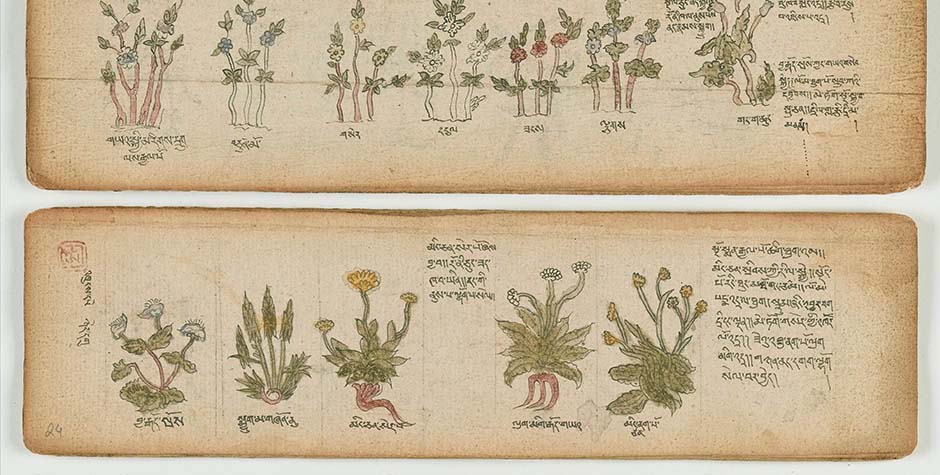
Theory of Tibetan medicine
In Tibetan Medicine, we believe all the suffering are the result of ignorance. The first responsibility of the Tibetan Doctor is to inform the patients about the illness and direct them towards the treatment. You will often see Tibetan doctors advising patient what to eat, how to live their daily life and how to think too.
Here are the two basic theories in Tibetan Medicine which help doctors to determine and cure the Illness
Five element theory
Our human body is a combination of these five elements. The function of the body and the mind is the result of qualities of these elements individually or in Combination. Health and wellbeing of these elements in individual and in Combinations makeup all the aspect of Our health and well bring
- Earth (ས་) has the quality of heavy, stable, blunt, smooth, oily, and Dry, and its actions are calming, stabilizing, cohesive, and Balancing the air element.
- Water (ཆུ་) has the quality of liquid, cold, heavy, blunt, oily and pliable, and its actions are moistening, smoothing, cohesive, and balance earth and water element
- Fire (མེ་) has the quality of hot, sharp, dry, rough, light, oily, and Mobile and its actions are warming, ripening, clearing, and balances earth and Water elements.
- Space (ནམ་མཁའ་) element encompass and pervades the other elements. It is expansive — opening space for the other element to express.
Three humor (Nyepa)
To understand the five elements within our bodies. we apply three humors. The five elements combine in the form of three humors in living beings. Three humors or Nyepa are the basis of our physiology. The fundamental functions maintain the potentiate and form of all our body system. The Three Nyepa (humors) are Loong (air element), Tripa (fire element) and Pekan ( earth and water elements).
- Loong (རླུང་) constitute the wind element. It creates all the movements and circulation in the body. therefore, digested nutrition, Nervous system, blood, and movement that cannot be measured like thoughts. One’s capacity to express attachment is Manifestation of Loong
- Tripa (མཁྲིས་པ་) constitute the fire element. It fundamentally provides heat to the body and also involved in many physiological functions like digestion, metabolism, assimilation, and function of the liver. One’s capacity to express anger, aggression. resentment and frustration is Manifestation of Tripa
- Pekan (བད་ཀན་) constitute the earth and water elements, provides cooling of the body and It is the basis for most physiological function. for example providing stability of mind and body, lubrication to the body, initial breaks down food in digestion. Ignorance and incomprehension of mind are the manifestations of Pekan.
The practice of Tibetan Medicine
The primary focus of Tibetan Medicine is on the interdependence of Body and Mind. Tibetan Doctors would take a real effort to know your mind, body and how you live before getting into the conclusion for your treatment. They will have an ecological view of your health, and they will use the holistic approach in treating and diagnosing. The spiritual aspect of our existence in also consider in treating.
Diagnosing stages in Tibetan Medicine
In Tibetan Medicine, the doctor will follow these steps In the diagnosing stage.
- Observation and interview.
To arrive at the deeper quality diagnosis, a Tibetan doctor will observe the patient. They will take account of the patient’s personal and Physical attributes. Tibetan Doctors will then inquire about the patient condition, symptoms, and development. The doctor will also ask about the patients medical history and related aspect of their personal history. - Urine test.
Doctors will then take a look at the urine sample. In urinalysis, they will observe for the color, odor. viscosity and any deposit on the surface. They (Doctor) will then stir the urine sample to observe the size, color, persistence and amount of bubbles. From the Urine test doctor can confirm things like the nature of illness, infection, localization of illness and other diagnostic factors. - Pulses reading. Next Tibetan doctor will feel the twelve pulse of your wrist, six pulses each wrist. Each pulse is distinct to organ system such as heart, small intestine, liver, gallbladder, left kidney, reproductive organs, lungs large intestine. spleen, right kidney, bladder, and stomach. They will feel many qualities of the pulse-like its persistence, speed, strength, and depth, width, and persistence. After understanding each of these factors, doctors can clearly the illness base on three humors and its balances. They will also help locate, chronicity and complication of the illness.
- Additional Diagnostic techniques: In order to further confirm the diagnostic, Tibetan doctor would look at the tongue for its color, shape, and coating. And signs of the appearance of sclera white of the eye and the sensitively at the pressure point on the body.
Treatment in Tibetan Medicine
Treatment in Tibetan Medicine must be tailored explicitly made to fit the individual condition of the patients. No two different treatment is the same in Tibetan medicine. Doctors will following the same steps in the procedure. Following are the different treatment steps
- Modification to Lifestyle and Behavior.
Tibetan Doctor has traditionally begun the treatment first by recommending the specific adjustment to the Lifestyle and behaviour. It is a board category. It includes the reorganization of habits such as sleeping and eating habits. They will also give attention to the patents environment like hot and cold temperature and physical activities like exercises. When the Personal situation is appropriate, personal practices like social life, spiritual perspective, meditation practice and applicability of therapy and counselling are also addressed.
They may also use Mediation and Mindfulness method to calm the mind. This initially includes simple breathing techniques. Meditation therapy may go beyond the specific practices and visualization for those who are Buddhist. Treatment may vary with a diagnosis.
For the patient with loong Disorder, To address attachment and Materialism, meditation treatment may direct them toward the understanding of the impermanent nature of phenomena.
In the case of Tripa disorder, To address aggression and anger, emphasis will be placed to generate a deep feeling of Love and compassion as the remedy.
For Pekan disorder, Meditation will be the focus on the development of spiritual awareness to cure ignorance.
Habits, lifestyle, habits and Physical activities are also considered in treatment.
For patients with loong disorder are advised to give special attention to regulate their lifestyle like eating, sleeping, to find time for clam activities, socializing and exercise such as yoga.
For individual suffering from Tripa disorder are advises to stay away from conflict causing situation. They are also advised to avoid prolonged exposure to sun and hot environment. They are to engage in activities which are Claiming and relaxing in nature.
Patient with Pekan disorder is advice to keep warm and do exercises and physical activities.
if the disease is caused by the combination of Humor, behavioural modification is tailor to those form of illness - Dietary therapy.
If the modification of lifestyle and behaviour is not sufficient, then Tibetan medicine uses dietary treatment. This therapy is essential because the arrangement of elements which make up a particular food result in its effects on health. Doctors must think analytical about the diet and health relative of patients lifestyle, health condition, and the environment. When recommending an appropriate diet, doctors would consider the type of food which beneficial for the given situation. Amount of food and numbers of meals per day are also a subject of concern. Foods are analyzed base on its qualities and nature as corresponding to the theory of five elements. - Herbal medicine.
if the above two doesn’t address the health issue, Tibetan Medicine uses herbal medicine. Herbal treatment in Tibetan medicine range from simple to very complex. They utilize from 3 up to 150 herbs per formula. Each formula is used as per the manifestation of illness and prognosis of each individual. Therefore, Tibetan herbal medicine needs to be modified during each visit to the Tibetan Doctors.
Morning medicine normally includes remedies for Pekan disorder, Afternoon medicine to treat Tripa Disorder and remedy in the later afternoon are given to treat Loong Disorder.
Finally, The medicine you will be prescribed will be base on the Doctor’s Judgement and your lifestyle. - Physical Therapy.
If the above treatment is not affecting to address the health issue then physical therapies like massages, Moxibustion, cupping, acupuncture and bather therapies can is used. - Spiritual consideration:
Besides the use of all the treatment, we sometimes cannot attain good health with a healthy body. The health of the mind is also important. Tibetan medicine gives importance to psychological and spiritual development to define health.
Tibetan Buddhist philosophy of impermanence teaches us no one is free from sickness, old ages, and death as a cycle of our existence. This disappointment becomes a basis for once spiritual understanding and growth.
Tibetan medicine explains how our habit of thinking and behaviours are the main causes of our illness. How anger, aggression, ignorance, hatred, and incomprehension result from a state of mind which is the root of all our suffering. (new para) We can transcend suffering through spiritual practice and awareness of the reality of our existence.
Every action sows it seed which will eventually ripen according to its nature. No illness and health are causeless.
In Tibetan medicine, the greatest treatment is in the attainment of loving-kindness and understanding in the reality of our existence.
Tibet Travel guide relating to Tibetan medicine
We know there are many travelers wanting to buy Tibetan medicine during their Tibet travel. Please be aware of the fake medicines you might encounter in Lhasa. The best place to buy Authentic Tibetan medicine is from Men Tsee Khang. All the travel agency in Lhasa can arrange a short visit to the Men Tsee Khang. You can buy it during the time.
Tibetan medicine Tour in Tibet
We can offer Specialize Tibetan Medicine Tour in Tibet, Kham (Sichuan) and Amdo (Qinghai). Contact Us if you are interested. We can offer a special discount to Groups.

Tenzin Travel is the best Tibetan Travel agency in Tibet. Our agency is one of Tibet’s most experienced tour operators, with over 20 years in the industry. Founded by a local Tibetan family with decades of expertise as guides, managers, and route planners. We craft personalized itineraries for every traveler. Our agency is the highest-rated and most recommended Tibet travel agency on TripAdvisor, Google, and Lonely Planet.
We can make holistic arrangements for your trip to Tibet. Including a Tibet Travel Permit, a Tibetan tour guide, flight tickets, train tickets, vehicle arrangements, and hotel bookings in Tibet.
Our Lhasa office is just steps from Barkhor Square. All our Tibetan team ensures deep cultural, linguistic, and religious insights, setting us apart from other agencies.
Beyond tourism, we support Tibetan communities by donating a portion of each tour to local projects. Your travel to Tibet is about more than profit—it’s about the opportunity for us to give back.


